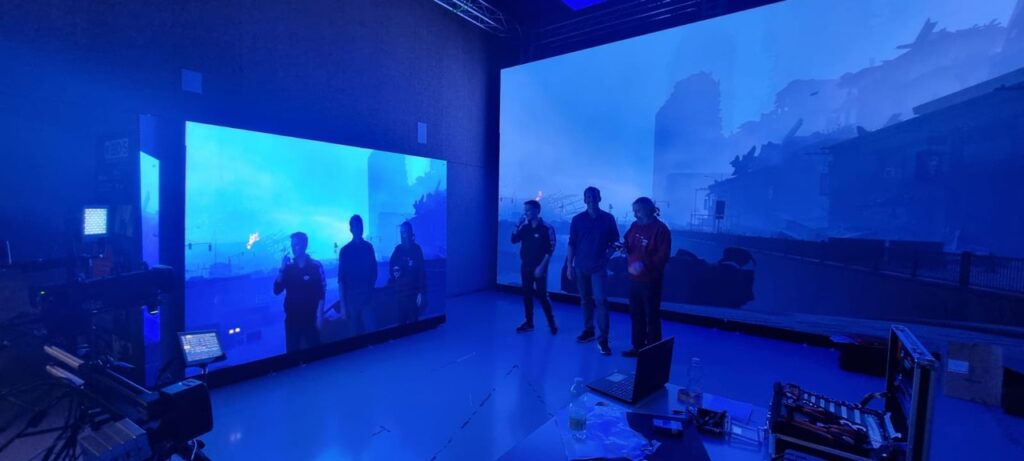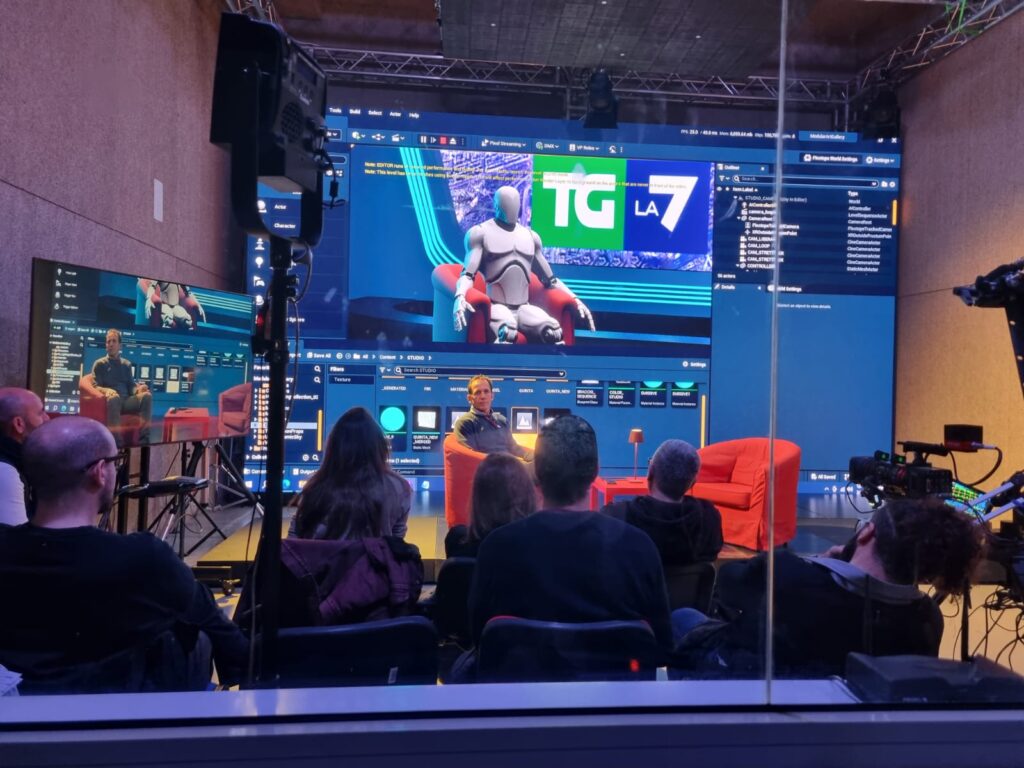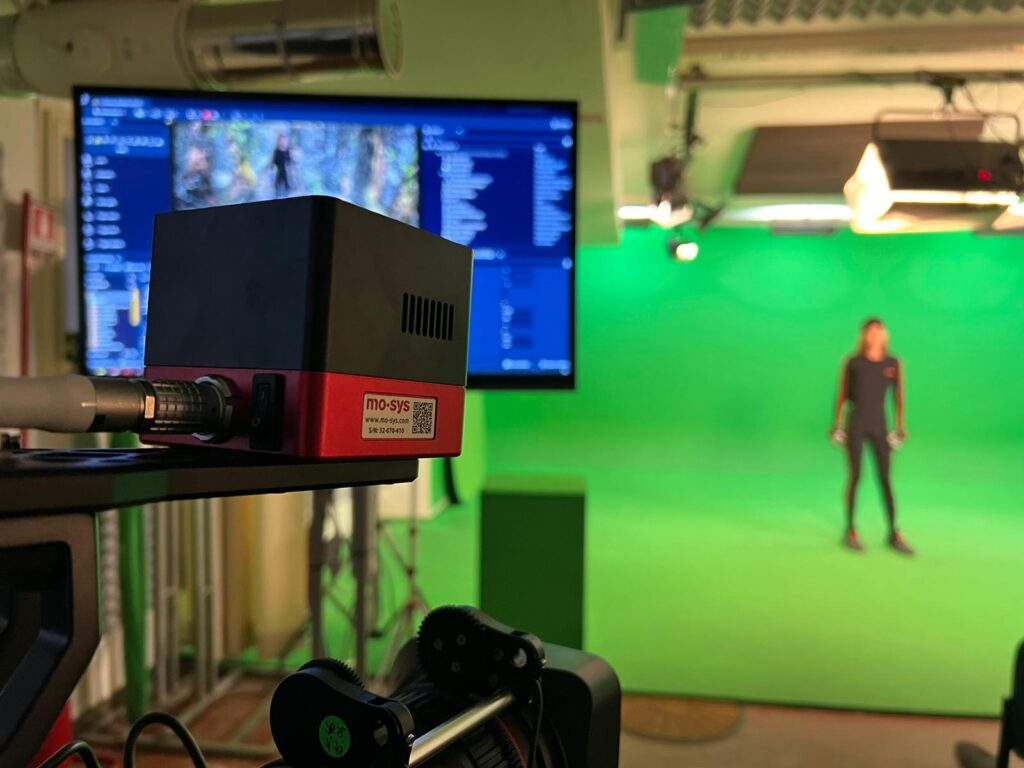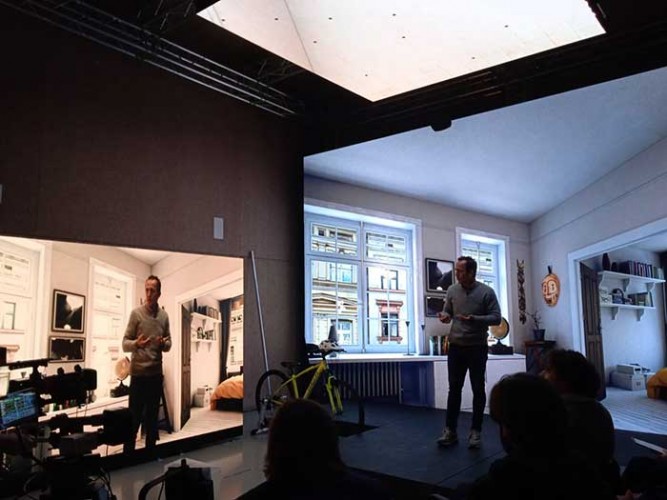In the ever-evolving landscape of film and television production, virtual production is emerging as a revolutionary technology that promises to radically transform the way visual content is created. But what exactly is virtual production, and why is it becoming so important for directors, producers, and production studios around the world?
Virtual production combines the best of digital and physical technologies to create immersive and realistic environments that can be viewed and modified in real-time. Using advanced tools such as real-time rendering and powerful software like Pixotope, virtual production allows for the pre-visualization and modification of virtual scenes and sets during shooting, eliminating many of the limitations imposed by traditional production methods.
With the ability to create complex and detailed digital sets using LED walls and green screens, virtual production offers unprecedented creative flexibility. Directors can see exactly how the final scenes will look while they are shooting, allowing for a level of control and precision that was unthinkable just a few years ago. This not only speeds up the production process but also reduces the costs associated with shooting on real locations and post-production.
To understand in detail how virtual production technology is changing the way films and television programs are made, by analyzing the benefits, applications, key tools, and challenges of this innovative methodology, we at Broadcast Digital Service are bringing virtual production to the main studios in Italy to open new frontiers and solutions.

Virtual production is an innovative technique that combines digital and physical elements to create immersive visual content, allowing filmmakers to visualize and manipulate scenes in real-time during shooting. This cutting-edge approach uses advanced real-time rendering technologies and powerful software platforms like Unreal Engine, enabling the creation of detailed and realistic virtual environments.
But what makes virtual production so revolutionary compared to traditional filmmaking methods? Firstly, this technology allows for the seamless integration of virtual sets with real actors, using techniques such as motion capture to track the actors’ movements and reproduce them digitally. This process not only accelerates production but also offers unprecedented creative flexibility with our xSens Movella systems.
Virtual production relies on a structured pipeline that integrates various stages of the filmmaking process. Here is an overview of the main components:
Pre-visualization (Previs)
The pre-visualization phase allows directors to create preliminary versions of scenes using 3D models. This helps plan the shooting and visualize how the final scene will look.
Real-time Rendering
Using software like Pixotope, virtual production allows for real-time rendering of scenes and makes changes that would not be possible so immediately with other software. This means that directors can immediately see how modifications to scene elements will affect the final outcome, such as color grading, green screen, and VFX.
Virtual Set
Virtual sets are created using LED screens or green screens, which project realistic digital environments behind the actors. These sets can be modified instantly, offering endless creative possibilities.
Motion Capture
Motion capture is used to record the movements of actors and transfer them to digital characters. This technique is essential for creating realistic and believable animations.
Virtual production offers numerous advantages over traditional filmmaking methods.
Efficiency and Cost Savings
It reduces the time required for shooting and post-production, lowering overall costs.
Creative Flexibility
It allows directors to explore endless creative possibilities without the limitations of physical sets.
Precision and Control
It offers a detailed level of control over every element of the scene, enhancing the quality of the final product.

Real-time Rendering
Real-time rendering is a fundamental technology in virtual production. It allows for the visualization and modification of digital scenes in real-time, giving directors the ability to see immediately how changes will appear on screen. This capability is made possible by powerful software like Pixotope, one of the leading platforms in virtual production. It offers a wide range of features, including photorealistic rendering, advanced physical simulation, and animation tools. The engine can handle complex and detailed environments, making it ideal for creating immersive virtual sets.

Virtual Sets with LED Walls and Green Screens
Another key technology in virtual production is the use of LED walls and green screens to create virtual sets. These tools allow for the projection of realistic digital environments behind actors, seamlessly integrating the real and virtual worlds.
LED Walls: LED walls are large screens composed of thousands of LEDs that can display high-resolution images and videos. Used as dynamic backgrounds, these screens can change the scene’s environment in real-time, offering unprecedented creative flexibility. Actors can interact with the projected environments, enhancing the immersion and realism of the shoot. We are distributors of Alfalite LED walls, considered the best on the European market.
Green Screen: The green screen is a traditional technology used for background replacement in filming. In virtual production, the green screen is used in combination with advanced compositing software to digitally insert virtual environments behind the actors. This technique is particularly useful for creating scenes that would be impossible or too expensive to shoot on real locations.
Tracking Camera
Tracking is a crucial aspect of virtual production. It allows for the synchronization of physical camera movements with those of the virtual camera, ensuring perfect integration between real actors and digital environments. The most reliable and advanced solution in this field is offered by Mo-Sys.
Mo-Sys: Mo-Sys is a leader in camera tracking, providing precise and reliable solutions for virtual production. Their tracking systems use advanced sensors to monitor every movement of the physical camera, replicating it in real-time in the virtual scene. This ensures that virtual elements remain perfectly aligned with real ones, even during complex camera movements.


Broadcast Digital Service: Turnkey Solutions
In the ever-evolving world of film and television production, access to advanced technologies and specialized expertise is crucial to staying competitive. As Broadcast Digital Service, we are committed to providing comprehensive and integrated solutions for virtual production, offering turnkey studios that meet the needs of any production, from high-budget films to television broadcasts.
Our Offer
At Broadcast Digital Service, we understand the importance of having a cutting-edge and perfectly optimized production environment. Here’s how we can help you transform your vision into reality:
DESIGN AND CONSULTATION
COMPLETE INSTALLATION
TRAINING
SUPPORT
How to
Complete Studios Provided by Us
Centro Sperimentale di Cinecittà
The institute has added a new virtual production studio, officially opened, to train its students in VP and XR technologies, which are gaining ground in the entertainment, film, advertising, events, and media sectors. The studio incorporates motion capture, motion tracking, virtual and augmented reality, 3D, and LED solutions from brands such as Movella Entertainment | Xsens, MANUS, Pixotope, Alfalite, NovaStar Technology, and Epic Games | Unreal.
Specifically, BDS has installed an Alfalite VP XR Modularpix Pro 1.9 ORIM LEDWall, an Alfalite VP XR Modularpix Pro 3.9 HB LEDCeiling, and an Alfalite VP XR Modularpix Pro 1.9 ORIM LEDTotem.

